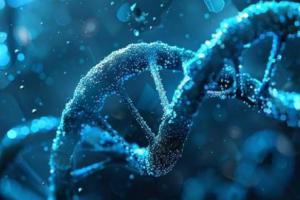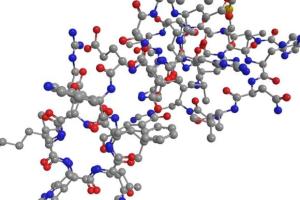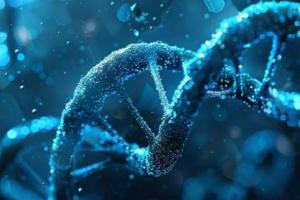- R&D
- Clinical Diagnosis
- News
- Company
QuickBiology News
News Center
Here are relevant industry news and updates on our company
Explore cutting-edge Next Generation Sequencing (NGS) services, RNA-seq analysis, and single-cell genomics with QuickBiology. Unlock insights into gene expression, chromatin accessibility, and bioinformatics.Read More
Discover how Stereo-Seq, a cutting-edge spatial transcriptomics technology, enables ultra-high-resolution gene expression mapping. Learn its principles, advantages, and applications in biology and medicine.Read More
TELL-Seq is an innovative synthetic long-read sequencing technology that combines the cost-effectiveness of short-read platforms with the high resolution of long-read sequencing. By utilizing transposase-based barcoding, TELL-Seq enables accurate de novo genome assembly, structural variant detection, and haplotype phasing. It is particularly effective for analyzing complex genomes, metagenomic samples, and rare genetic variants. With its simplified workflow and compatibility with standard short-read platforms, TELL-Seq democratizes access to advanced genomic analysis, making it a powerful tool for researchers and clinicians alike.Read More
Cell
In the vast and intricate world of biology, every cell tells a story.What is Single-Cell Technology?Read More
In recent years, advancements in proteomics have transformed our ability to study proteins and their functions, pushing the boundaries of molecular biology and biomedical research. Read More
RNA Sequencing
Drug-Seq combines single-cell RNA sequencing with drug testing to revolutionize drug discovery, personalized medicine, and cancer research. Learn how this innovative technology enhances precision, accelerates drug development, and improves patient outcomes.Read More
With the rapid advancement of genomics and epigenetics, two novel immunology approaches, CUT&RUN and CUT&Tag, have emerged for chromatin profiling. These methods address many of the limitations and drawbacks of classical chromatin mapping techniques, such as ChIP-seq (Chromatin Immunoprecipitation Sequencing).Read More
RNA Sequencing
Shipping biological materials such as RNA, cells, and tissue samples over long distances presents a number of challenges, particularly when maintaining their integrity, functionality, and biological activity is crucial. Whether for research, diagnostics, or clinical purposes, improper handling and transport conditions can lead to sample degradation, contamination, or loss of viability.Read More
ATAC
Discover the essentials of ATAC-Seq, a groundbreaking technique in epigenetics that assesses chromatin accessibility. Learn how ATAC-Seq aids in identifying regulatory elements, understanding transcription factor binding, and exploring epigenetic changes in disease, making it an invaluable tool in genomic research.Read More
RNA Sequencing
Non-coding RNAs (ncRNAs) have emerged as crucial players in gene regulation and cellular processes. Their diverse roles, including gene silencing, transcriptional regulation, and protein translation, have spurred significant interest in their study. Read More

















